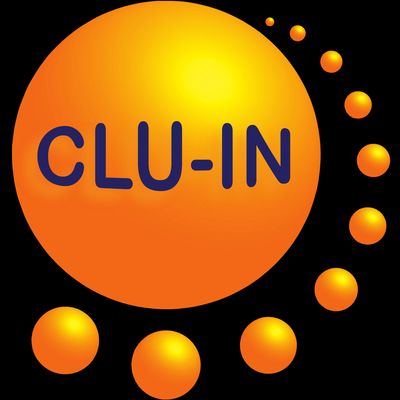Since 1998, The Contaminated Site Clean-Up Information (CLU-IN) website has presented Internet Seminars covering a wide variety of technical topics related to hazardous waste characterization, monitoring, and remediation. For select seminar topics offered since 2012, we are making complete video recordings available through our archives. This feed contains all video seminars archived in the last 12 months. For a complete list of seminars archived since 2000, please visit http://www.clu-in.org/live/archive/. Our Rehabilitation Act Notice for reasonable accommodation is available at http://www.clu-in.org/training/accommodation.cfm. CLU-IN was developed by the U.S. Environmental Protection Agency (EPA) but is intended as a forum for all waste remediation stakeholders. For more information and to view upcoming live offerings, please visit http://www.clu-in.org/live/. For a complete list of RSS feeds available on CLU-IN, please visit http://www.clu-in.org/rss/about/.
http://www.clu-in.org/live/archive
Phytoremediation and PhytoForensics: Mother Nature can Detect and Mitigate Pollutants...with Elegance (Oct 10, 2017)
Phytoremediation is the field of looking to use plants to mitigate environmental pollutants and human exposures. As plants are efficient, key components in local and global water, carbon and energy cycles, they can influence pollutant transport and availability in many different ways. In this presentation, methods of using plants to prevent human exposure to pollutants will be presented and discussed so share fundamental concepts and case studies of applications. Novel methods of using plants as environmental sensors will also be presented, known as Phytoforensics. As plants interact actively and intimately with the subsurface environment, new analytical and remote sensing methods have been developed to use plants as biosentinels. Using plants in these roles, leads to some unique challenges when looking at typical measures of efficacy for remediation, and the unique aspects of plants also creates new combinations of benefits where we concurrently gain ecosystem services at the same time we are mitigating potential human exposure or environmental damages. Novel integration of plants in urban design can particularly bring multiple, values to our society. Example applications of these techniques in the Superfund program will also be highlighted. To view this archive online or download the slides associated with this seminar, please visit http://www.clu-in.org/conf/tio/PhytoForensics_101017/
